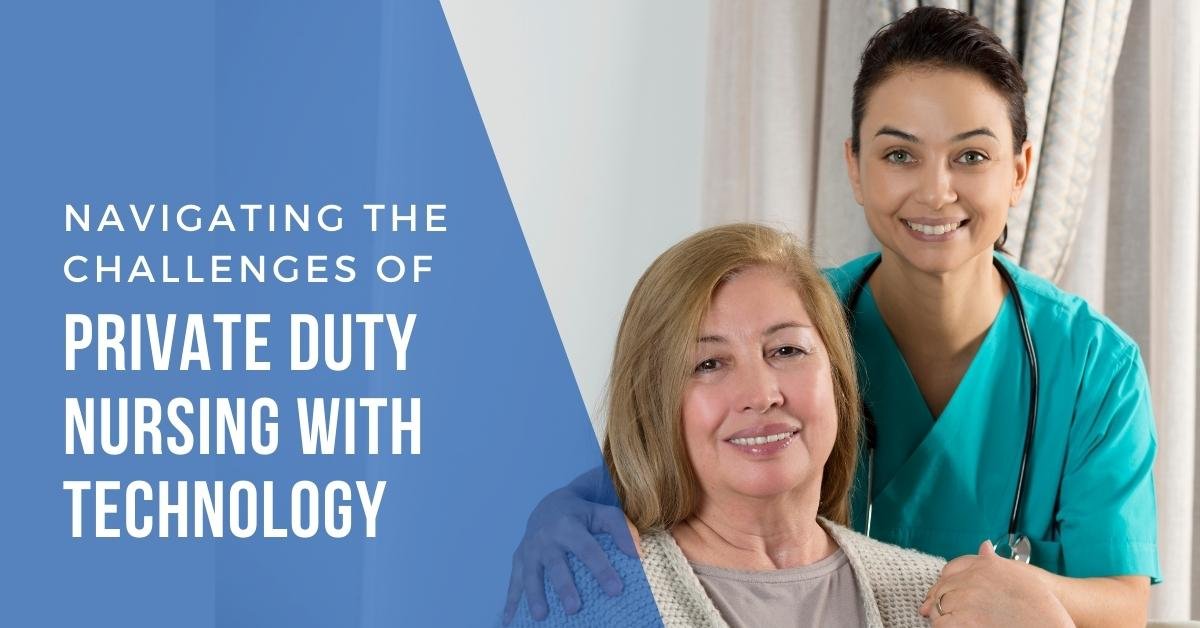The Home Health Care Wire
Your source for CareVoyant and industry news. November 09, 2021
Private Duty Home Care agencies can use the right technology and software platform to manage the challenges posed by unique and demanding requirements of providing skilled care at home. Using the right tools will enable home health care agencies to bring operational efficiencies to the organization and take advantage of these new opportunities.
Starting January 1, 2022, Medicare will require Home Health Agencies to submit a one-time Notice of Admission (NOA) instead of Request for anticipated Payment (RAP). Medicare has been phasing out RAP payments for the last two years. The NOA is a one-time submission that establishes the HH POC and covers 30-day payment periods until the patient is discharged.
Software platforms will have to be adjusted to accommodate the new PDGM billing process. The following are some of the requirements.
The quote "If it is not written down, it did not happen" applies to medical records and clinical documentation. It can be expanded to include clarity, consistency, and quality.
Comprehensive, consistent, and complete clinical documentation is critical for home health care agencies for the quality of care to the patient and optimum reimbursement. Improving the quality of clinical documentation will significantly enhance the quality of care and patient satisfaction while reducing the risk of compliance issues during surveys. Compliance issues during the survey may lead to reimbursement delays or reductions.
Home Healthcare Industry News
The Rise of Hospital at Home
Ravaged hospitals. Overrun intensive care units. Front-line workers facing burnout from what must seem like an endless stream of impossible days—yet they continue to persevere as the COVID-19 crisis continues.
With all the attention on the coronavirus, it is easy to overlook the many chronic diseases that were plaguing the system before the pandemic began. These diseases, of course, are still present; for families and their health-care teams, it has just become more challenging to manage them.
SNF-to-Home Care Gaps Still Prevalent, Likely Magnified During COVID-19
Although awareness of care gaps in the health system has generally increased over the last decade, pain points still exist in a significant way. They also exist in areas where home-based care providers specifically can help.
Notably, gaps in care are especially prevalent when patients are being discharged from a skilled nursing facility (SNF) and going back into the home, a new report from the United Hospital Fund (UHF) found.
‘The Tide Has Shifted Significantly’ for Nursing Home Financial Support
While nursing home operators have largely relied on help from the federal government by way of the Provider Relief Fund (PRF) and other mechanisms to get through the COVID-19 pandemic, some leaders have found more success refocusing advocacy efforts to state legislatures for future funding.
ABOUT CAREVOYANT
CareVoyant is a leading provider of cloud-based integrated enterprise-scale home health care software that can support all home-based services under ONE Software, ONE Patient, and ONE Employee, making it a Single System of Record. We support all home care lines of service, including Home Care, Private Duty Nursing, Private Duty Non-Medical, Home and Community Based Services (HCBS), Home Health, Pediatric Home Care, and Outpatient Therapy.
CareVoyant functions – Intake, Scheduling, Clinical with Mobile options, electronic visit verification, eMAR/eTAR, Financial, Secure Messaging, Notification, Reporting, and Dashboards – streamline workflow, meet regulatory requirements, improve quality of care, optimize reimbursement, and bring operational efficiency.
For more information, please visit CareVoyant.com or call us at 1-888-463-6797.



